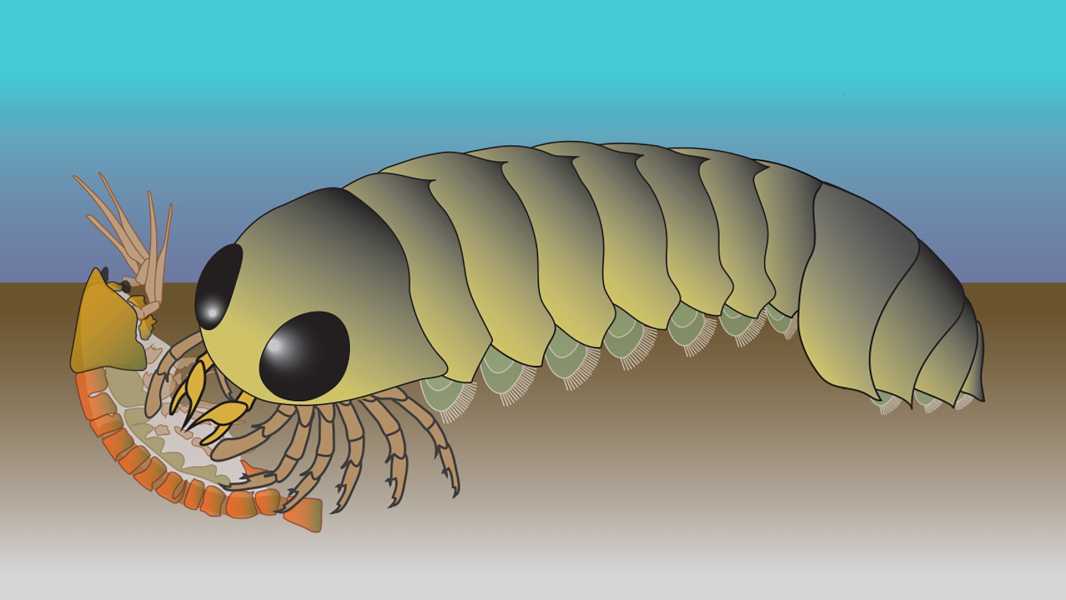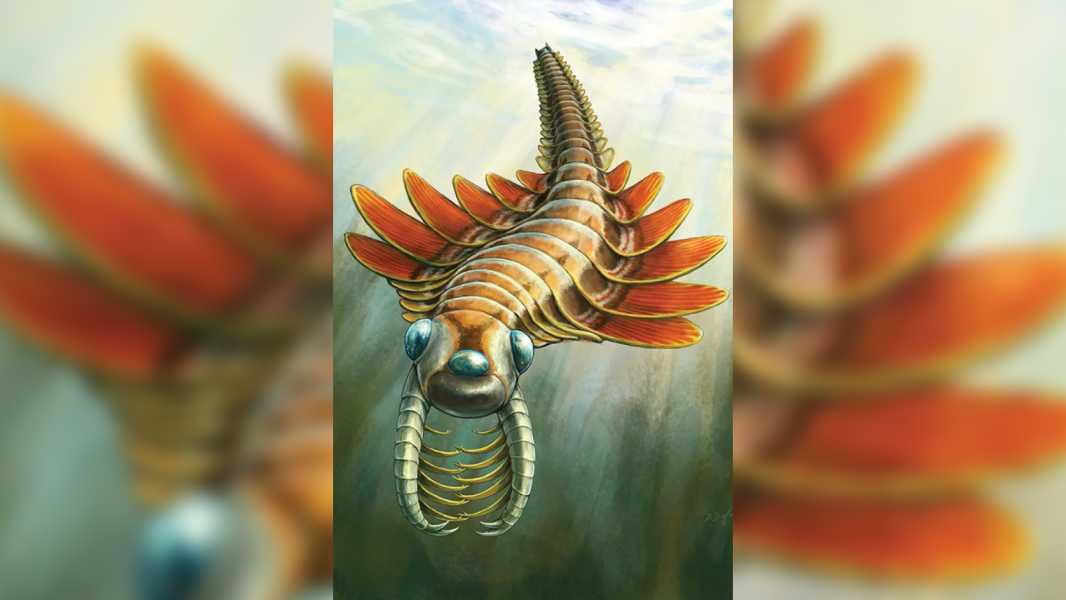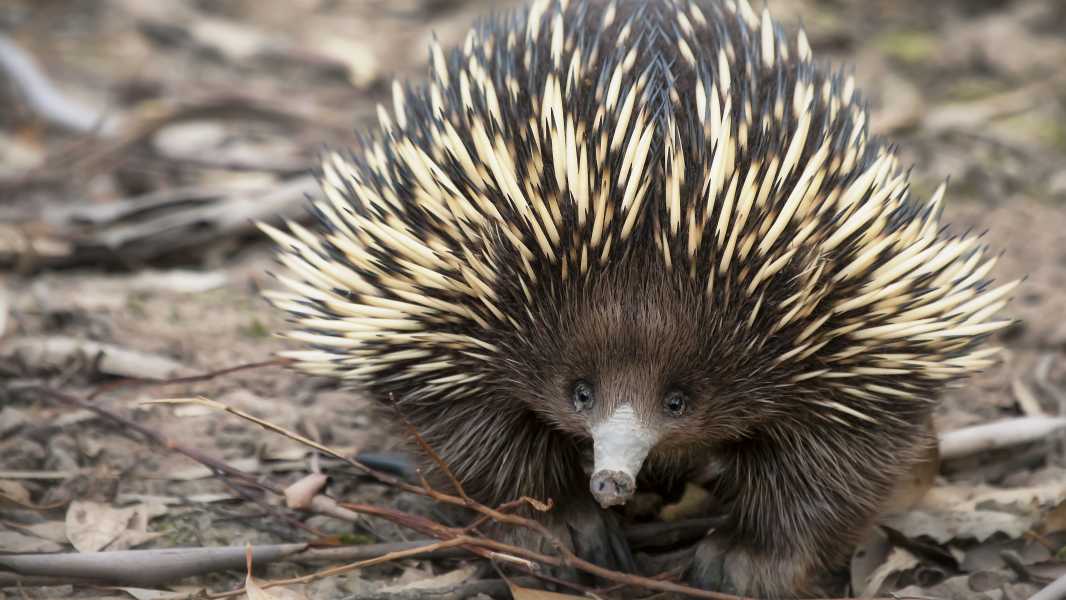
A very recent study suggests that Mollisonia symmetrica, an early ancestor of arachnids and horseshoe crabs, had a “primitive” brain similar to those of modern spiders. (Photo: Nick Strausfeld)
A new study has shown that a unique fossilized brain suggests that the ancestors of spiders and other arachnids once lived in the ocean, rather than on land as previously thought.
The find suggests that some features of the brain of the now-extinct creature, known as Mollisonia symmetrica, are in the opposite direction from those of most modern arthropods, a large group of invertebrates including insects, crustaceans, and millipedes. However, the brain of M. symmetrica resembles that of one group of arthropods: arachnids, a class that includes spiders, scorpions, and mites. That difference suggests that the sea-dwelling M. symmetrica is an early ancestor of modern arachnids, the researchers reported Tuesday (June 22) in the journal Current Biology.
“There's a lot of debate about where and when arachnids first evolved, what their ancestors were, and whether they were marine or semiaquatic like horseshoe crabs,” said study co-author Nicholas Strausfeld, a professor of arthropod neurobiology at the University of Arizona. Chelicerates are a large group of arthropods that include arachnids and horseshoe crabs.
You may like
-

The half-billion-year-old three-eyed sea creature, named Mosura, breathed through large gills on its rear end.
-

In a rare evolutionary process, a strange relative of the platypus has gone from living in water to living on land.
Sourse: www.livescience.com





